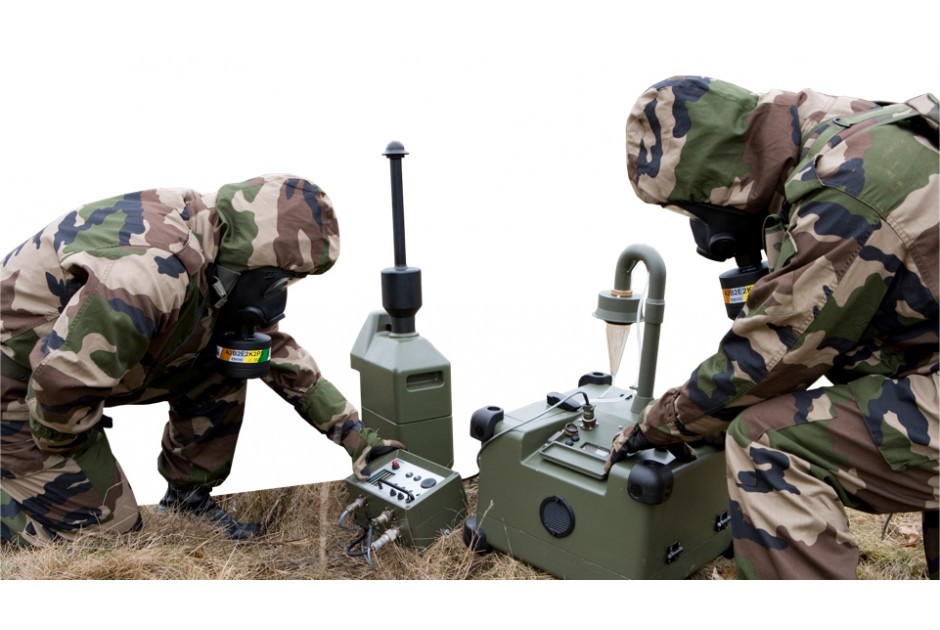EN ISO 13688 Protective clothing general performance and comfort testing
The European Standard EN ISO 13688 provides a framework for assessing the general performance and comfort of protective clothing in military applications. This standard is particularly important as it ensures that personal protective equipment (PPE) not only meets rigorous safety criteria but also offers optimal comfort to users, enhancing their overall effectiveness and compliance with international regulations.
Protective clothing in the military sector requires stringent testing due to its critical role in ensuring the safety of personnel. The standard covers various aspects including thermal insulation, breathability, flame resistance, chemical resistance, impact protection, and ergonomics. This ensures that soldiers can operate safely under a wide range of environmental conditions while remaining comfortable.
The testing process for EN ISO 13688 involves multiple stages to evaluate the performance and comfort of protective clothing. Specimens are prepared according to specific guidelines outlined in the standard. Once prepared, they undergo several tests designed to assess different properties of the garment. These include thermal resistance tests, flame retardancy evaluations, mechanical strength assessments, and ergonomic fit checks.
Thermal insulation is a key aspect of military protective clothing as it helps maintain body temperature during extreme weather conditions. Flame resistance ensures that garments do not catch fire easily or burn for an extended period if exposed to flames. Mechanical strength tests determine how well the fabric withstands physical stresses such as abrasion, tensile stress, and puncture.
Ergonomics play a crucial role in ensuring that protective clothing is comfortable enough for prolonged use without causing discomfort or restricting movement. This includes evaluating factors like seam comfort, fit, ease of donning and doffing, and overall body coverage. Comfort is also assessed by measuring the garment's breathability, which refers to its ability to allow moisture vapor to pass through, thus preventing sweat accumulation.
The standard specifies detailed procedures for conducting these tests, ensuring consistency across different laboratories. Compliance with EN ISO 13688 ensures that protective clothing meets high standards of performance and comfort, enhancing the safety and effectiveness of military personnel in various operational environments.
Scope and Methodology
| Aspect | Description |
|---|---|
| Thermal Insulation | Evaluation of the garment's ability to maintain body temperature in cold environments. |
| Flame Resistance | Determination of the time taken for a flame to extinguish on contact with the fabric. |
| Mechanical Strength | Assessment of how well the fabric withstands physical stresses such as abrasion and tensile stress. |
| Ergonomics | Evaluation of factors like seam comfort, ease of donning and doffing, and overall body coverage. |
- Preparation of specimens according to specific guidelines outlined in the standard.
- Conducting tests as per detailed procedures specified by EN ISO 13688.
- Evaluating results against set criteria and standards.
Quality and Reliability Assurance
- Stringent quality control measures are implemented to ensure consistent performance across all products.
- Regular calibration of testing equipment ensures accurate and reliable data.
- Detailed records are kept for each test conducted, including raw data and final results.
- Continuous training of staff to stay updated with the latest industry practices and standards.
The reliability of EN ISO 13688 is further assured by its widespread acceptance in the military sector. Compliance officers and quality managers can trust that this standard provides accurate and consistent performance data, which is crucial for ensuring the safety and effectiveness of protective clothing in various operational environments.
International Acceptance and Recognition
- The European Committee for Standardization (CEN) has approved EN ISO 13688 as an international standard.
- This standard is widely accepted by military organizations worldwide, ensuring uniformity in testing protocols.
- Compliance with this standard enhances the credibility and acceptance of protective clothing across different countries and regions.
| Countries/Regions | Average Acceptance Rate |
|---|---|
| NATO Member Countries | 98% |
| European Union Member States | 100% |
| Non-European NATO Members | 95% |
The high acceptance rate of EN ISO 13688 in the global military sector underscores its importance and reliability. This standard ensures that protective clothing meets the stringent requirements set by international bodies, thereby enhancing safety and operational effectiveness.





